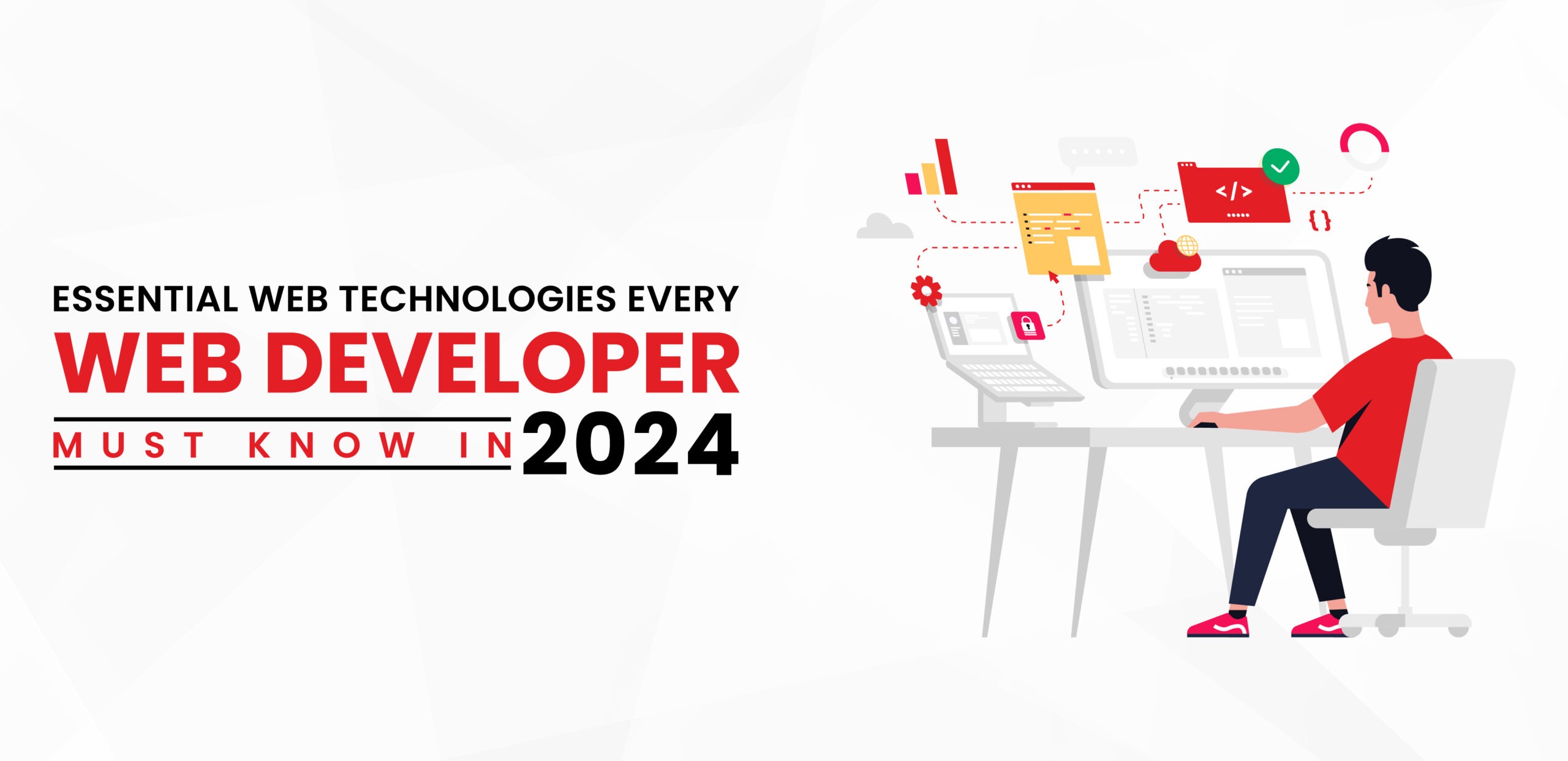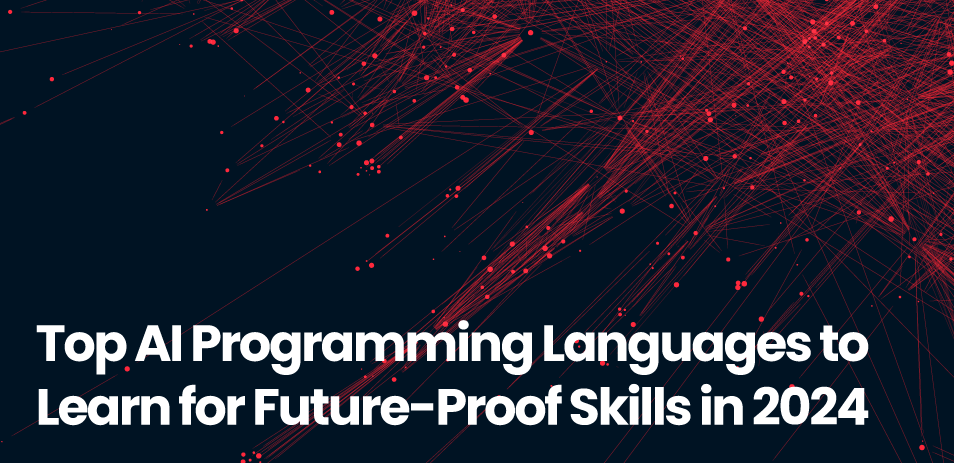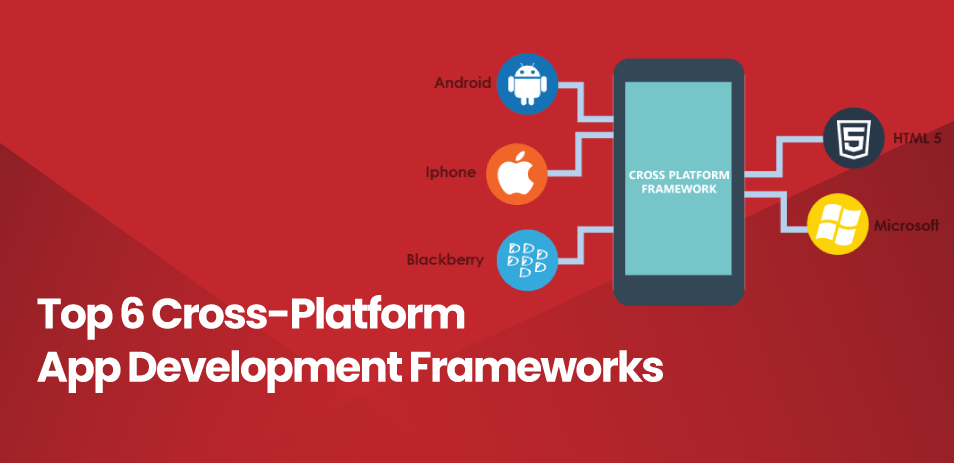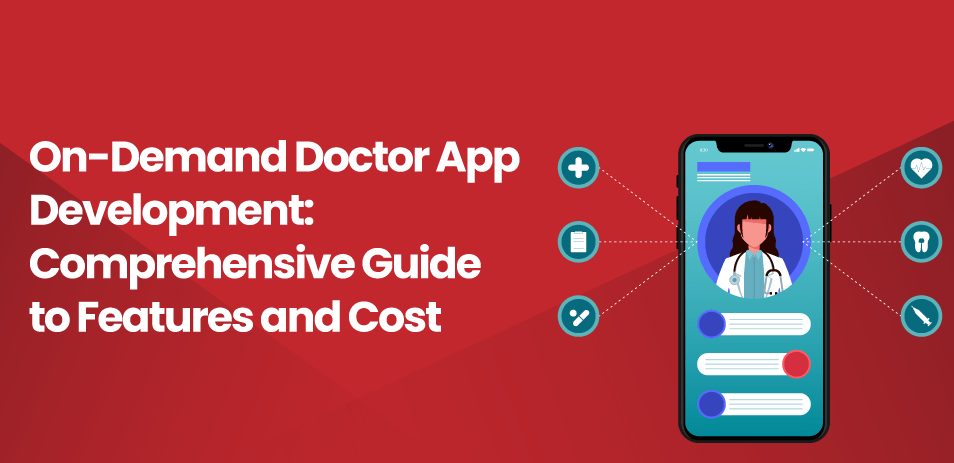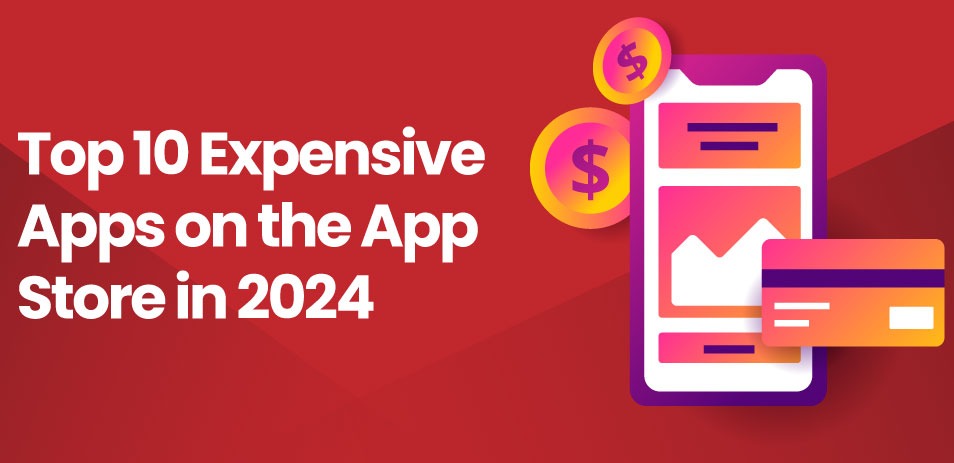What is a Learning Management System?
A Learning Management System (LMS) is a software application or web-based technology used to plan, implement, and assess a specific learning process. It provides educators and trainers with a way to create and deliver content, monitor student participation, and assess performance. An LMS can manage both online and offline training activities, offering a centralized platform for learning resources, course management, and communication.
Key features of an LMS include:
- Course Management: Create, organize, and deliver courses and learning materials.
- User Management: Manage user roles, enrollments, and profiles.
- Content Delivery: Upload and distribute learning materials, including videos, documents, and interactive content.
- Assessment and Evaluation: Tools for quizzes, tests, assignments, and tracking progress.
- Communication: Forums, messaging, and collaboration tools for interaction between students and instructors.
- Reporting and Analytics: Generate reports on learner progress and performance metrics.
Importance and Benefits of LMS in Education and Corporate Training
In both educational and corporate environments, LMSs have become essential tools for enhancing the learning experience.
Education:
- Accessibility: Students can access learning materials anytime and anywhere, providing flexibility and convenience.
- Personalization: Adaptive learning paths tailored to individual student needs and learning paces.
- Engagement: Interactive content, gamification, and social learning features increase student engagement and motivation.
- Efficiency: Streamlined administrative tasks for instructors, such as grading and course management, allowing more focus on teaching.
Corporate Training:
- Consistency: Ensures uniform delivery of training materials across all locations and departments.
- Tracking and Reporting: Monitors employee progress and compliance, making it easier to identify knowledge gaps and areas for improvement.
- Cost-Effectiveness: Reduces travel and material costs associated with traditional training methods.
- Scalability: Easily scalable to accommodate a growing number of users and training programs as the organization expands.
Types of LMS
Learning Management Systems (LMS) come in various forms, each tailored to different needs and contexts. Understanding the types of LMS can help organizations and educational institutions select the one that best fits their requirements. Here are the primary types of LMS:
1. Cloud-Based LMS
- Description: Hosted on the vendor’s servers and accessed via the internet. Users can log in from anywhere with an internet connection.
- Benefits: No need for in-house IT infrastructure, automatic updates, scalable, and accessible.
- Examples: Blackboard, MoodleCloud, Canvas.
2. Self-Hosted LMS
- Description: Installed on the organization’s own servers. The organization is responsible for maintenance, updates, and security.
- Benefits: Full control over the system, customizable to specific needs, better data security.
- Examples: Moodle, Open edX.
3. Open-Source LMS
- Description: The source code is available for free and can be modified. Usually self-hosted but can also be cloud-based.
- Benefits: Highly customizable, cost-effective, large support community.
- Examples: Moodle, Totara, Open edX.
4. Enterprise LMS
- Description: Designed for large organizations to manage corporate training programs. Often includes features for compliance tracking, employee performance monitoring, and integration with other enterprise software.
- Benefits: Scalability, robust reporting tools, integration with HR systems.
- Examples: SAP Litmos, TalentLMS, Docebo.
5. Academic LMS
- Description: Specifically designed for educational institutions to manage student learning, assessments, and administrative tasks.
- Benefits: Features tailored for educational settings, such as gradebooks, student portfolios, and parent access.
- Examples: Blackboard Learn, Canvas, Schoology.
6. Corporate LMS
- Description: Focuses on employee training, professional development, and compliance. Often includes e-commerce features for selling courses.
- Benefits: Supports onboarding, ongoing training, and compliance, integrates with corporate tools.
- Examples: Cornerstone OnDemand, SAP SuccessFactors, Absorb LMS.
7. Learning Experience Platform (LXP)
- Description: Focuses on personalized learning experiences, often using AI to recommend content based on learner’s interests and performance.
- Benefits: Enhances user engagement, supports informal learning, integrates various learning resources.
- Examples: Degreed, EdCast, Pathgather.
8. Mobile LMS
- Description: Designed specifically for mobile devices, providing a responsive interface and mobile-friendly features.
- Benefits: Supports learning on-the-go, often includes offline access capabilities.
- Examples: TalentCards, Adobe Captivate Prime, LearnDash.
LMS Development Process
Developing a Learning Management System (LMS) from scratch is a complex and multifaceted process that requires careful planning, design, and execution. It involves understanding the needs of the users, selecting the appropriate technologies, and ensuring the system is scalable, secure, and user-friendly. Here’s a comprehensive guide to the entire development process:
1. Planning and Research
The foundation of any successful LMS starts with thorough planning and research. This phase is crucial for defining the scope, objectives, and requirements of the system. Begin by identifying the primary goals of your LMS. Are you creating it for educational institutions, corporate training, or a specific niche? Understanding the target audience is vital as it influences the features and design of the system.
Conduct extensive market research to analyze existing LMS platforms. This research helps identify the strengths and weaknesses of current solutions and reveals gaps that your LMS can fill. By studying competitors, you can also determine industry standards and user expectations, which will inform your feature list and design choices.
Once you have a clear understanding of your goals and market landscape, define a comprehensive feature list. Core features typically include course management, user management, content delivery, and assessment tools. Depending on your target audience, you might also consider additional features such as gamification, social learning, mobile support, and integration with third-party services.
2. System Design
With a clear plan and feature list, the next step is designing the system. This involves both the system architecture and user interface/user experience (UI/UX) design. Choose an appropriate architecture based on your needs. A monolithic architecture might be simpler for smaller projects, while a microservices architecture offers scalability and flexibility for larger, more complex systems.
Selecting the right technology stack is critical. For the back-end, popular programming languages include Python, Java, and PHP, often combined with frameworks like Django, Spring, or Laravel. For the front-end, JavaScript frameworks such as React, Angular, or Vue.js are commonly used. The choice between SQL and NoSQL databases will depend on your specific data requirements.
UI/UX design is crucial for creating a user-friendly LMS. Start with wireframes and prototypes to visualize the layout and functionality. Engage users early in the design process to gather feedback and make iterative improvements. The goal is to create an intuitive and engaging interface that facilitates learning and reduces friction.
| Aspect | Description | Considerations |
| System Architecture | The structure of the system, determining how components interact and communicate. | – Monolithic vs. microservices architecture. – Scalability and flexibility. – Ease of maintenance and updates. – Impact on performance and load handling. |
| Front-End Technologies | Technologies used for the client-side development of the LMS. | – Choice of frameworks (React, Angular, Vue.js). – Ensuring responsiveness and accessibility. – Compatibility with various devices and browsers. – User experience (UI/UX) design. |
| Back-End Technologies | Technologies used for server-side development, handling logic, databases, and integrations. | – Choice of languages (Python, Java, PHP). – Frameworks (Django, Spring, Laravel). – Database management (SQL vs. NoSQL). – Scalability and security of the server-side components. |
| Database Management | How data is stored, managed, and retrieved within the LMS. | – Type of database (SQL: MySQL, PostgreSQL vs. NoSQL: MongoDB). – Data schema design. – Indexing and query optimization. – Backup and recovery strategies. |
| Authentication and Authorization | Mechanisms for verifying user identity and controlling access to different parts of the LMS. | – Authentication methods (OAuth, JWT, SAML). – Role-based access control (RBAC). – Data privacy and protection. – Session management and security best practices. |
| API Development | Building APIs for interaction between front-end and back-end, and for third-party integrations. | – RESTful vs. GraphQL APIs. – Endpoint design and documentation. – Security measures (rate limiting, input validation). – Integration with external services (payment gateways, analytics). |
| Content Delivery Network (CDN) | Systems for distributing content to users efficiently. | – Selecting a CDN provider (e.g., Cloudflare, AWS CloudFront). – Reducing latency and improving load times. – Secure content delivery. – Managing dynamic and static content. |
| User Interface (UI) Design | Design principles for the visual elements and layout of the LMS. | – Wireframing and prototyping. – User-centered design approach. – Accessibility standards (WCAG). – Consistent branding and aesthetics. |
| User Experience (UX) Design | Enhancing user satisfaction by improving the usability, accessibility, and enjoyment of the LMS. | – Conducting user research and usability testing. – Iterative design and feedback loops. – Designing intuitive navigation and workflows. – Ensuring smooth interaction and minimal user frustration. |
| Performance Optimization | Ensuring the LMS performs efficiently under various loads and conditions. | – Load balancing strategies. – Caching mechanisms (server-side and client-side). – Database optimization (indexing, query tuning). – Monitoring and performance tuning. |
| Security Measures | Protecting the LMS from threats and vulnerabilities. | – Secure coding practices. – Regular security audits and penetration testing. – Data encryption (in transit and at rest). – Implementing firewalls and intrusion detection systems. |
| Scalability | Ability to handle increasing numbers of users and data. | – Horizontal vs. vertical scaling. – Microservices architecture for independent scaling of components. – Cloud infrastructure and auto-scaling features. – Database sharding and replication. |
| Integration with Third-Party Services | Connecting the LMS with external tools and services to enhance functionality. | – Learning tools interoperability (LTI) standards. – Single Sign-On (SSO) solutions. – API integrations for additional features (e.g., video conferencing, analytics). – Ensuring seamless user experience across platforms. |
3. Development Process
Setting up the development environment is the first step in the actual development phase. Ensure your team has access to the necessary tools and software, including integrated development environments (IDEs), version control systems like Git, and project management tools.
Begin with back-end development by setting up the database and developing APIs and server-side logic. Implement robust authentication and authorization mechanisms to secure user data and control access. Concurrently, the front-end development team can start building responsive and accessible user interfaces, ensuring that the LMS works seamlessly across different devices and browsers.
Integration is a critical part of the development process. This involves connecting the front-end with the back-end and integrating any third-party services, such as payment gateways, analytics tools, or content repositories. Ensure that all components work together harmoniously and that data flows smoothly between different parts of the system.
4. Testing and Quality Assurance
Comprehensive testing is essential to ensure the LMS is reliable, secure, and user-friendly. Implement various types of testing, including unit testing, integration testing, system testing, and user acceptance testing (UAT). Automated testing frameworks can help streamline this process and ensure consistent results.
Usability testing is particularly important for an LMS, as it directly impacts the learning experience. Gather feedback from actual users to identify any usability issues and make necessary improvements. Performance testing is also crucial to ensure the system can handle the expected load, especially if you anticipate a large number of concurrent users.
5. Deployment
Once testing is complete and the system is stable, prepare for deployment. Choose a suitable hosting solution, whether it’s a cloud service like AWS or an on-premises server. Set up the necessary infrastructure, including domain registration and SSL certification, to ensure secure communication.
Deploy the LMS using a strategy that minimizes downtime and disruption. Common strategies include blue-green deployment, where two identical environments are maintained, and rolling updates, where the system is updated in phases. After deployment, continuously monitor the system for performance issues, security vulnerabilities, and user feedback.
6. Maintenance and Updates
Post-deployment maintenance is an ongoing process. Regular updates are necessary to fix bugs, address security vulnerabilities, and add new features. Performance optimization ensures the system remains fast and responsive, even as the user base grows.
Scalability is a key consideration for a successful LMS. As more users join the platform, you may need to scale your infrastructure. This can involve adding more servers, optimizing database queries, and implementing load balancing solutions.
User support is another crucial aspect of maintenance. Provide comprehensive support options, including help desks, tutorials, and documentation. Training administrators and instructors on how to use the system effectively can also improve the overall user experience.
7. Case Studies and Best Practices
Studying successful LMS implementations can provide valuable insights and lessons. Look for examples from various sectors to understand different use cases and challenges. Analyze what worked well and what could have been improved.
Adopting best practices for LMS development and deployment ensures a smooth process and a high-quality end product. Stay informed about the latest trends and advancements in LMS technology to keep your system up-to-date and competitive.
The development cost of a Learning Management System (LMS) can vary significantly depending on several factors. Here’s an overview of the factors that affect the cost of LMS development:
Estimated Development Cost Range
The development cost of an LMS can range from a few thousand dollars for a basic, off-the-shelf solution to hundreds of thousands or even millions of dollars for a fully customized, enterprise-grade platform. Typically, the cost of developing a mid-range LMS with essential features and moderate customization falls between $50,000 to $200,000. However, this is a ballpark estimate, and actual costs may vary based on specific project requirements and market conditions. It’s essential to conduct a thorough analysis and engage with experienced developers to get an accurate cost estimate for your LMS project.
Factors Affecting LMS Development Cost
1. Scope and Complexity:
The size and complexity of the LMS project significantly impact development costs. A basic LMS with essential features will cost less than a comprehensive platform with advanced functionalities like gamification, social learning, and analytics.
2. Features and Functionality:
The number and complexity of features required in the LMS play a crucial role in determining the cost. Features such as course management, user management, content delivery, assessment tools, and integration with third-party services can add to the development cost.
3. Customization Requirements:
Customization needs, including branding, UI/UX design, and tailored functionality, will increase development costs. The more tailored the LMS is to specific organizational or user requirements, the higher the development cost.
4. Technology Stack:
The choice of technology stack, including programming languages, frameworks, and databases, impacts development costs. Technologies with a larger developer community and readily available resources may be more cost-effective than niche or proprietary solutions.
5. System Integration:
Integration with existing systems, such as HR software, CRM systems, or third-party tools like video conferencing platforms and payment gateways, adds complexity and cost to LMS development.
6. Scalability and Performance:
Building an LMS that can scale to accommodate a growing user base and maintain performance under high loads requires additional investment in architecture design, infrastructure, and optimization, increasing development costs.
7. Regulatory Compliance:
Compliance requirements, such as data privacy regulations (e.g., GDPR, HIPAA) or industry-specific standards (e.g., SCORM for e-learning), may necessitate additional features or security measures, impacting development costs.
8. User Support and Maintenance:
Post-development costs, including user support, maintenance, and updates, should be factored into the overall cost. Providing ongoing support, bug fixes, and feature enhancements adds to the total cost of ownership.
9. Development Team:
The size, expertise, and location of the development team influence development costs. Hiring experienced developers or outsourcing development to regions with lower labor costs can affect overall project expenses.
10. Project Timeline:
The development timeline also affects costs. Rushed or expedited projects may require additional resources and incur higher costs, while longer timelines may increase development costs due to extended labor expenses.
Conclusion
The development of a Learning Management System (LMS) is a multifaceted endeavor that demands meticulous planning, strategic decision-making, and proficient execution. Throughout this blog, we’ve delved into the intricacies of LMS development, exploring its diverse facets from initial planning to deployment and beyond. The significance of a well-crafted LMS cannot be overstated, as it serves as a cornerstone for modern education and corporate training initiatives.
By understanding the complexities of LMS development and considering factors such as scope, features, technology stack, and user experience, organizations can navigate the process more effectively. While the cost of developing an LMS may vary based on project requirements and market dynamics, the investment in a robust and tailored learning management system is invaluable.
In today’s rapidly evolving educational landscape, where remote learning and digital training have become indispensable, a thoughtfully designed and seamlessly functioning LMS is indispensable. As organizations strive to enhance learning experiences, optimize training outcomes, and adapt to changing needs, the development of a robust learning management system emerges as a pivotal solution. By embracing innovation, leveraging cutting-edge technologies, and prioritizing user-centric design, organizations can harness the full potential of learning management systems to foster growth, knowledge dissemination, and professional development.


